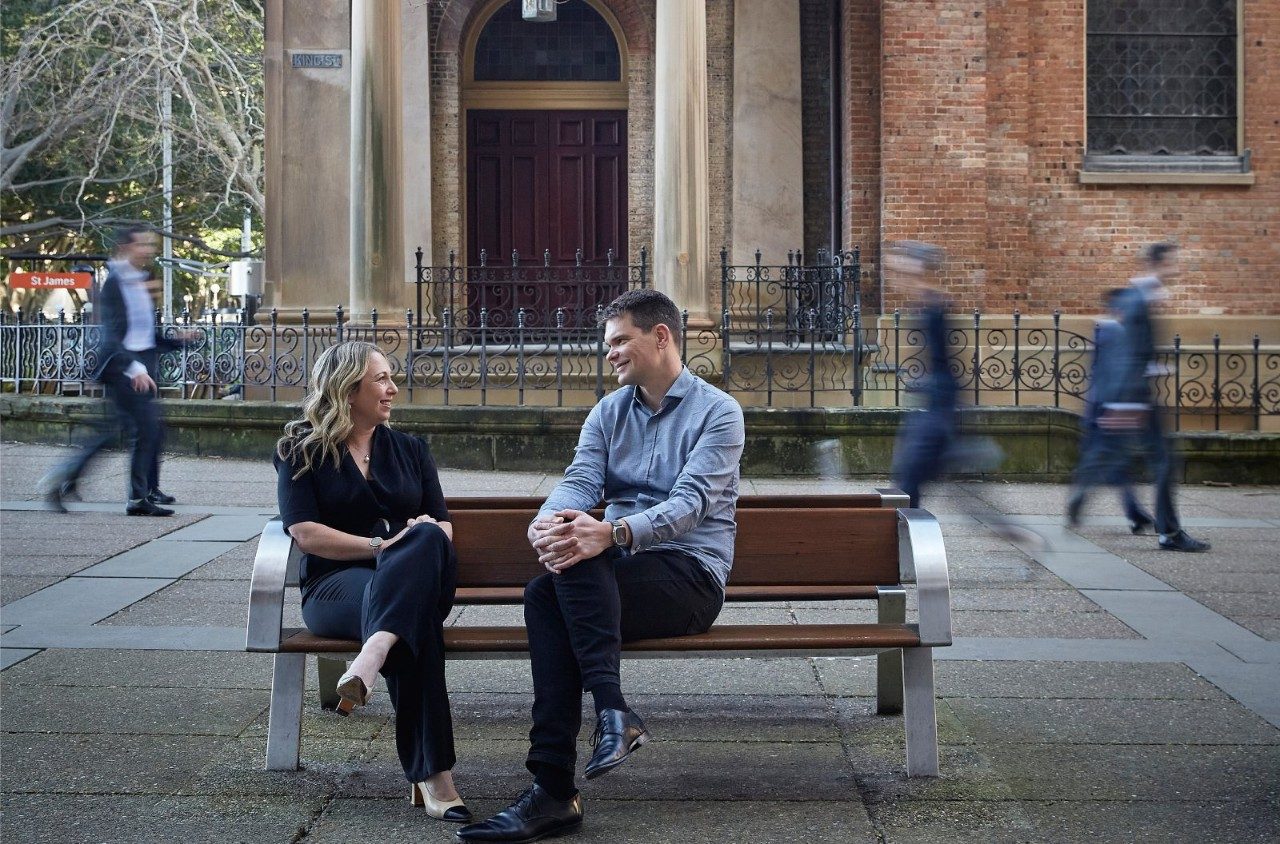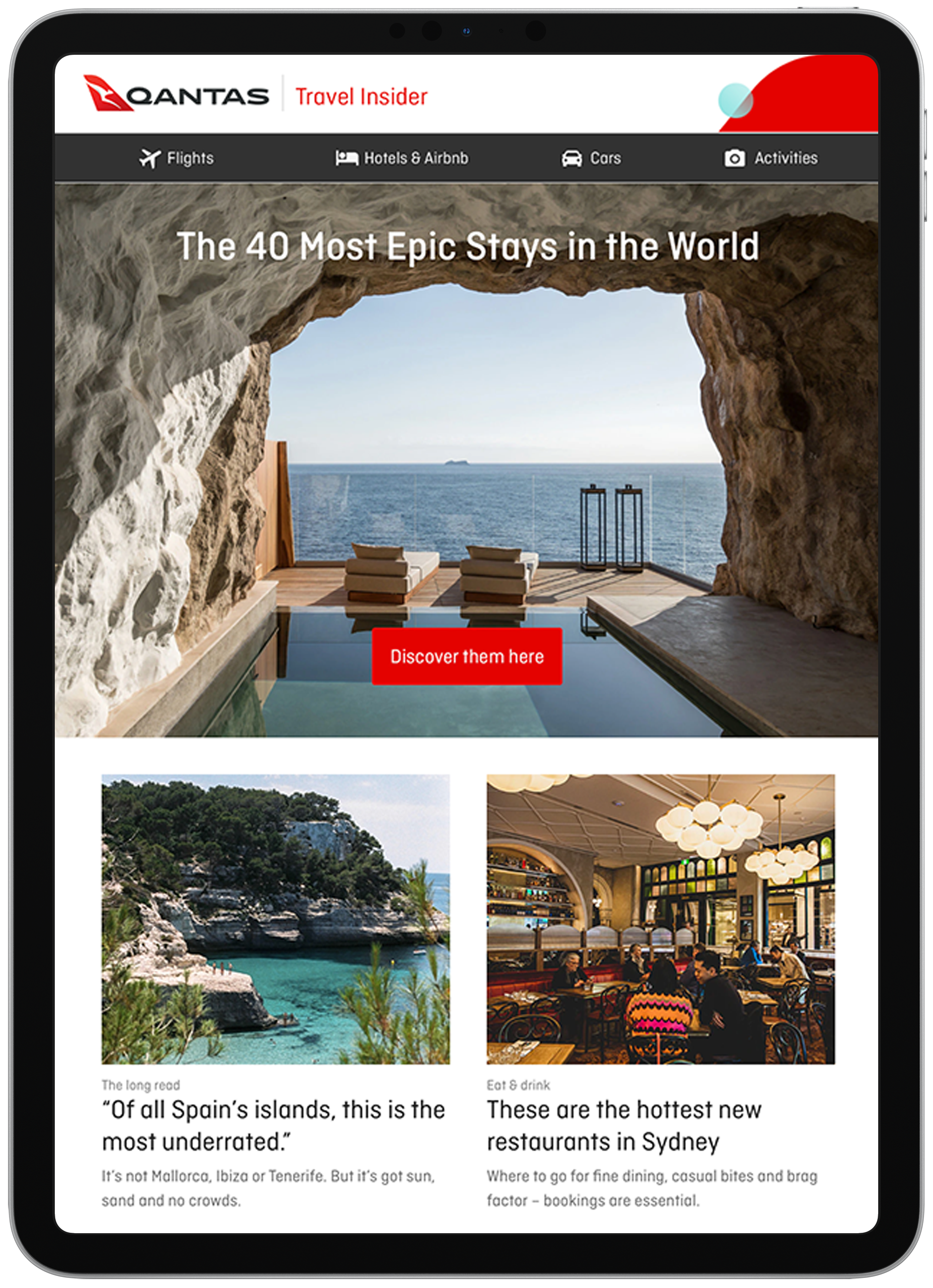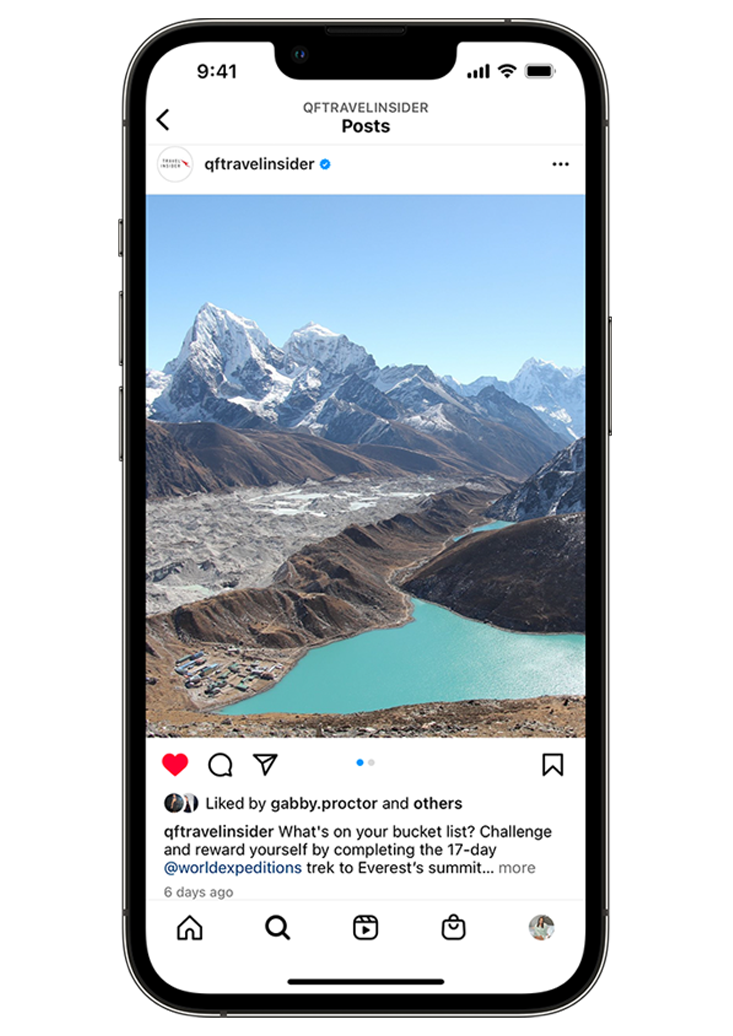How Fair Supply Fuses Human Rights Law and Technology to Foster Ethical Supply Chains

An innovative tech solution combines the expertise of a human rights lawyer and a mathematician to help drive sustainable and fair procurement across global supply chains. Co-founder Kim Randle explains.
Fact file
Co-founders: CEO Kim Randle, 41 (at left); chief data officer Dr Arne Geschke, 45
Investors: Minderoo Foundation, Airtree, QIC, Five V Capital and Tidal
Headquarters: Sunshine Coast, Queensland, with offices in Sydney, Melbourne and Vancouver
Employees: 28
What is it?
“Fair Supply is an ESG-risk intelligence platform that helps automate labour-intensive supply chain risk analysis across critical domains, including modern slavery, carbon emissions and critical infrastructure. It helps businesses achieve not just retrospective compliance reporting but proactive risk management to build business resilience and protect values and reputation.”
Why do it?
“A growing number of countries globally require companies to identify and report on supply chain risk. Most don’t have the visibility of complex global supply chains beyond the first or second layer. Fair Supply enables companies to understand the modern-slavery risks or emissions before they engage with suppliers. They can then address the risks either prior to engagement or as a key contract term.”
How does it work?
“Our proprietary data model maps more than 60 billion supply chains and requires very little data from our customers in order to map their supply chain. Once a supply chain has been mapped we can quantify human-rights risks and Scope 1, 2 and 3 emissions along each layer. We then automate supplier-engagement questionnaires to understand what suppliers are doing to mitigate those risks.”
How did it all start?
“I launched Fair Supply as a legal practice – my background is in human rights and I was looking to consult to organisations around compliance with the Modern Slavery Act. I realised that for Australian companies, modern slavery is usually hidden deep within the supply chain so I went looking for an expert in global supply chain mapping. Serendipitously, I was introduced to my co-founder, Arne Geschke, an industrial mathematician and environmental economist who’d spent 15 years leading research into the mapping of global supply chains and building what’s known as multi-regional input-output models. Essentially, it takes the national accounts from every statistical agency in the world and glues them together to trace 60 billion supply chains by industry and country.”
How did you grow?
“Arne built the engine, adding supplier-specific information, and customers started purchasing the data from when we had a very simple prototype. We had to buy a gaming computer – the only computer we could afford to hold that amount of data. We bootstrapped the business from 2019 until late 2021 because we didn’t realise you could pitch for investment without having a profitable business! By the time we understood that there were people who could help us scale, we were already profitable and had some of Australia’s biggest public-listed companies as customers. We have now integrated cutting-edge agentic AI to make real-time updates – businesses using our product can cross-reference specific suppliers against geopolitical updates and public disclosures for deep due diligence and ongoing supplier engagement.”
What’s next?
“Global expansion. We’re both quite passionate about helping to affect systemic change and we believe that commercialisation at scale globally will have the biggest impact. We are in Australia, New Zealand and Canada, and growing our team in North America.”

Start planning now
SEE ALSO: How Lyfe Languages Will Improve Healthcare and Preserve Knowledge


